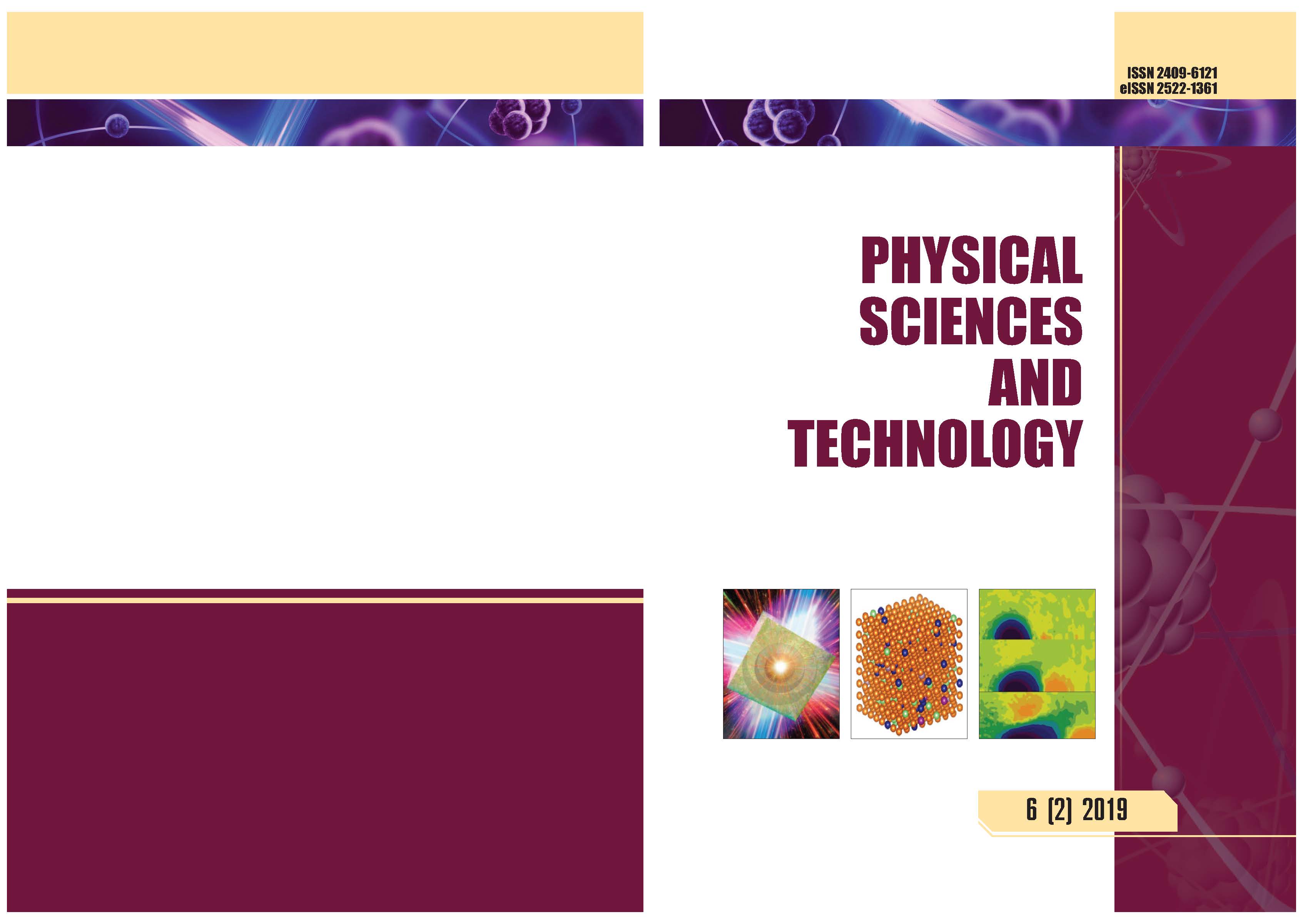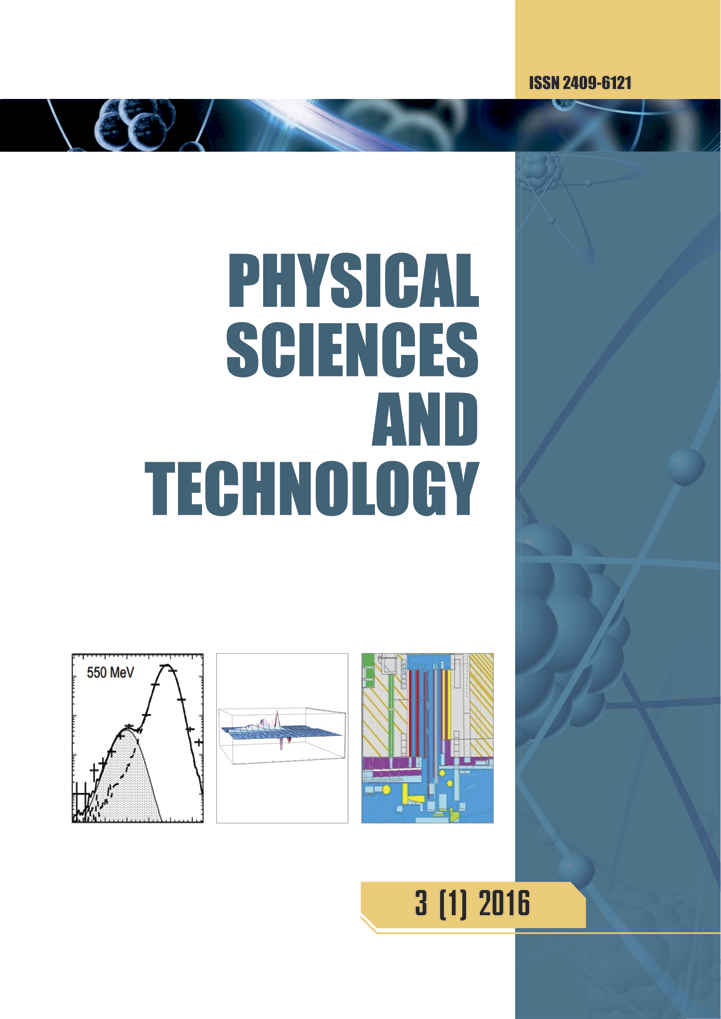Feasibility study of Tritium recoil barrier forneutron reflectors
DOI:
https://doi.org/10.26577/phst-2019-2-p8Abstract
Tritium release into the primary coolant of the research and test reactors during operation had been studied, and it is found that the beryllium components used as a neutron reflector in the core strongly affect the tritium release into the primary coolant, and it is also found the recoil release from chain reaction of 9Be is dominant. To reduce tritium concentration of the primary coolant, feasibility study of the tritium recoil barrier for the beryllium neutron reflectors was carried out, and the tritium recoils of various materials such as Al, Ti, V, Ni, Zr, etc., were calculated by PHITS. From these calculation results, it is clear that the thickness of tritium recoil barrier depends on the material and 20-40 µm is required for three orders reduction. Additionally, the denser materials have shorter recoil length in general, however, it is clear that the recoil lengths of Zr and Pb are similar with Ti.





